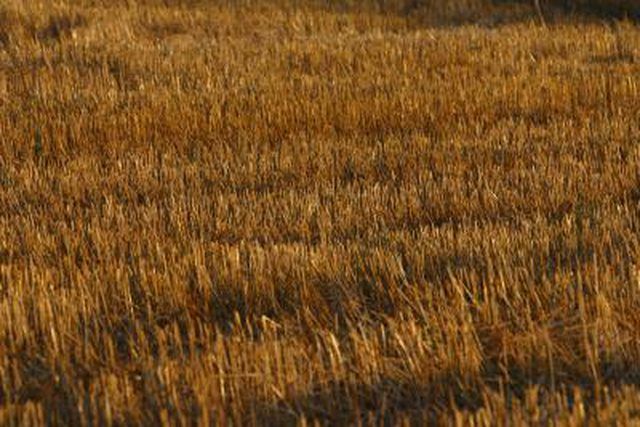Bulbs
Flower Basics
Flower Beds & Specialty Gardens
Flower Garden
Garden Furniture
Garden Gnomes
Garden Seeds
Garden Sheds
Garden Statues
Garden Tools & Supplies
Gardening Basics
Green & Organic
Groundcovers & Vines
Growing Annuals
Growing Basil
Growing Beans
Growing Berries
Growing Blueberries
Growing Cactus
Growing Corn
Growing Cotton
Growing Edibles
Growing Flowers
Growing Garlic
Growing Grapes
Growing Grass
Growing Herbs
Growing Jasmine
Growing Mint
Growing Mushrooms
Orchids
Growing Peanuts
Growing Perennials
Growing Plants
Growing Rosemary
Growing Roses
Growing Strawberries
Growing Sunflowers
Growing Thyme
Growing Tomatoes
Growing Tulips
Growing Vegetables
Herb Basics
Herb Garden
Indoor Growing
Landscaping Basics
Landscaping Patios
Landscaping Plants
Landscaping Shrubs
Landscaping Trees
Landscaping Walks & Pathways
Lawn Basics
Lawn Maintenance
Lawn Mowers
Lawn Ornaments
Lawn Planting
Lawn Tools
Outdoor Growing
Overall Landscape Planning
Pests, Weeds & Problems
Plant Basics
Rock Garden
Rose Garden
Shrubs
Soil
Specialty Gardens
Trees
Vegetable Garden
Yard Maintenance
Why Has All My St. Augustine Grass Died?
Why Has All My St. Augustine Grass Died?. It is frustrating to plant a lawn, only to find the grass brown and dying. This can happen to all grass types, including St. Augustine grass. With some care and attention, you can restore a healthy lawn.

It is frustrating to plant a lawn, only to find the grass brown and dying. This can happen to all grass types, including St. Augustine grass. With some care and attention, you can restore a healthy lawn.
Identification
Brown patch is the most common cause of death in St. Augustine grass. It is a fungal disease that turns the grass brown in the spring or fall. The blades typically have spots that look like cigarette burns. It grows in circular-shaped patches that range from a few inches wide to several feet.
Prevention
It is easier to keep your St. Augustine grass healthy and prevent brown patch than it it to treat it. Water your lawn only when the soil is dry. When you water it, do so in the morning because evening water invites disease. Avoid using fertilizer with a lot of nitrogen in the fall because the fungus will attack the new grass that grows. When you mow, take all the clippings from your yard to limit spread.
Potential
You may be able to save your grass with fungicide sprays. Apply them when it's warmer. According to Texas A & M University, a good guideline is to use fungicide when the nighttime temperatures are 70 degrees F. If it doesn't work, dig up the dead St. Augustine grass, till the soil and replant seeds.